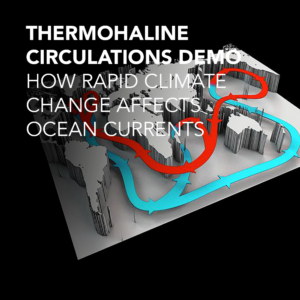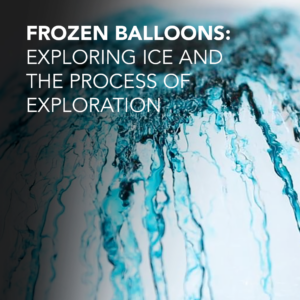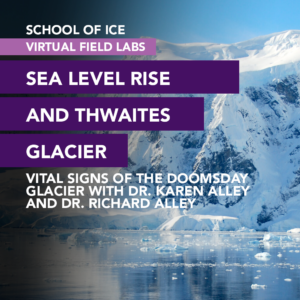Ice cores provide climate scientists with evidence of past CO2 levels. Climate scientists can directly measure past atmospheric gases by analyzing the air bubbles trapped in ancient ice. Ice cores are retrieved by drilling through glaciers. A small part of the core is melted to release the gases from the trapped bubbles. The amount of CO2 and other gases is then measured directly using a mass spectrometer.
In this lab, the relative amount of CO2 in melted ice core samples will be determined using a conductivity meter instead of a mass spectrometer. When carbon dioxide is dissolved in water it forms carbonic acid. Carbonic acid makes the water a better conductor of electricity.
- -Samples without much carbon dioxide dissolved should have lower conductivities.
- -Samples with higher amounts of carbon dioxide dissolved should have higher conductivities.
The relative amount of CO2 in melted samples of “ice cores” will be analyzed from ice that formed at different times in the past. The youngest sample will represent ice being formed today, the oldest sample will represent ice that formed almost a half a million years ago.






